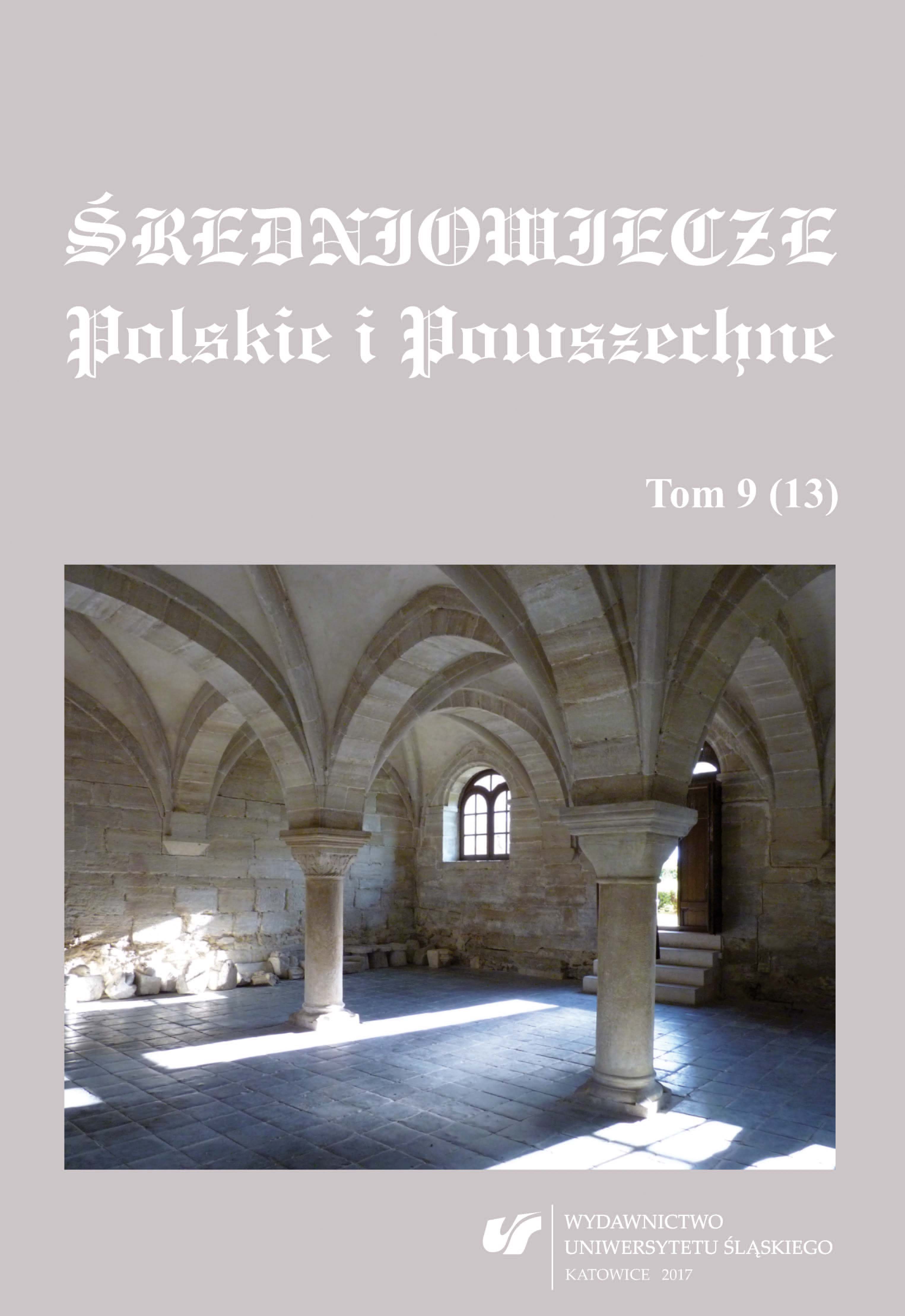Equus maculis, czyli sporu o czytanie Kadłubka ciąg dalszy
Equus maculis, or the Controversy Over Reading Kadłubek Revisited
Author(s): Piotr BorońSubject(s): History, Middle Ages
Published by: Wydawnictwo Uniwersytetu Śląskiego
Summary/Abstract: The article constitutes a polemic with Marek Cetwiński’s interpretation of the translation of the phrase equus maculis, which appears in the chronicle of Wincenty Kadłubek. The author had previously proposed a translation to “a piebald horse,” which allowed to compare Kadłubek’s account of the legendary race for power in the pre‑Piastera with other instances of the presence of spotted, piebald animals in enthronement rites of the Slavic peoples. Marek Cetwiński considers this translation to be inadequate, arguing that equus maculis should be translated instead as “a foaming horse” — sweaty and tired after a long run. However, this kind of translation has no linguistic basis and results only from the desire to rationalize Kadłubek’s writing. The following article presents instances of the presence of the descriptor maculis in ancient and medieval Latin and discusses the meanings associated with the word by the authors of those texts. The author of the article cites examples from texts written by Vergil, Laurentius Rusius, Ekkehard, or Telonius, with the view of substantiating the thesis that in each of those cases, the term maculae refers to the natural spots on the animal’s skin and not to sweat or dirt.The term is often used in fixed expressions, but it never refers to a sweaty animal. Thus, thereis only one way to understand this term, used by the continuators and translators of Kadłubekalike — as the horse’s color.
Journal: Średniowiecze Polskie i Powszechne
- Issue Year: 2017
- Issue No: 13
- Page Range: 45-54
- Page Count: 10
- Language: Polish

